In the center of Pisa, just a few meters from the famous Tower and along Via Santa Maria, a monumental road axis dotted with ancient churches, medieval tower-houses and aristocratic palaces built between the 16th and 18th centuries, hidden from the eyes, develops theBotanical Garden of the University of Pisa. It is an amazing place for which it is worth carving out time during your stay in the Tuscan city, as it is capable of assimilating and fulfilling various motivations for visiting, both those dictated by historical interest: it is in fact among the oldest university botanical gardens in the world, but it also allows you to come into contact with the interpretive systems that superintended the sciences and the organization of places related to them and with the collecting traditions of the past. In addition, it features anincredible floral and botanical selection arranged in a scenic manner, and of course it also satisfies the need for relaxation and shelter from the chaos and mugginess of the city in an Edenic and silent landscape covering more than two hectares. And just like a medieval depiction of a Garden of Eden, the Pisan garden also resembles a Hortus conclusus, protected by high walls that conceal its gaze and preserve its delights, which slowly begin to show themselves to visitors once they cross the historic entrance on Via Roma, or the more modern one on Via Luca Ghini.
The Botanical Garden’s origins go back into the distant past: it is among the oldest university gardens in Italy and contends for the palm with that of Padua. Although in fact the latter is two years more recent, being founded in 1545, its original location has remained unchanged, while the one in Pisa has been moved twice in the course of its history. The former, in fact, arose near the Arno near the Arsenale Mediceo, only to be moved to the vicinity of the courthouse, and find its final location “only” in 1591.
In ancient times, the garden originated as a "garden of simples," from the name by which plant varieties with medicinal virtues were meant, to meet the teaching and research needs of the University and other scholars. The operation was part of Cosimo I dei Medici ’s policies for the revival and reopening of the Pisa studio, which had been closed due to a shortage of faculty and equipment eight years earlier. Also part of this program was the hiring of the distinguished physician and botanist Luca Ghini, on whose initiative the garden was founded. The grand duke had understood the importance of “seeing true and living Plants,” and for that reason he promoted a public place “where at his own expense native Plants of very different climates and countries would be cultivated.” Ghini, the first prefect of the Pisan institution, is also credited with introducing the use of thedry garden, or herbaria that collected dried leaves and their illustrations painted in color.
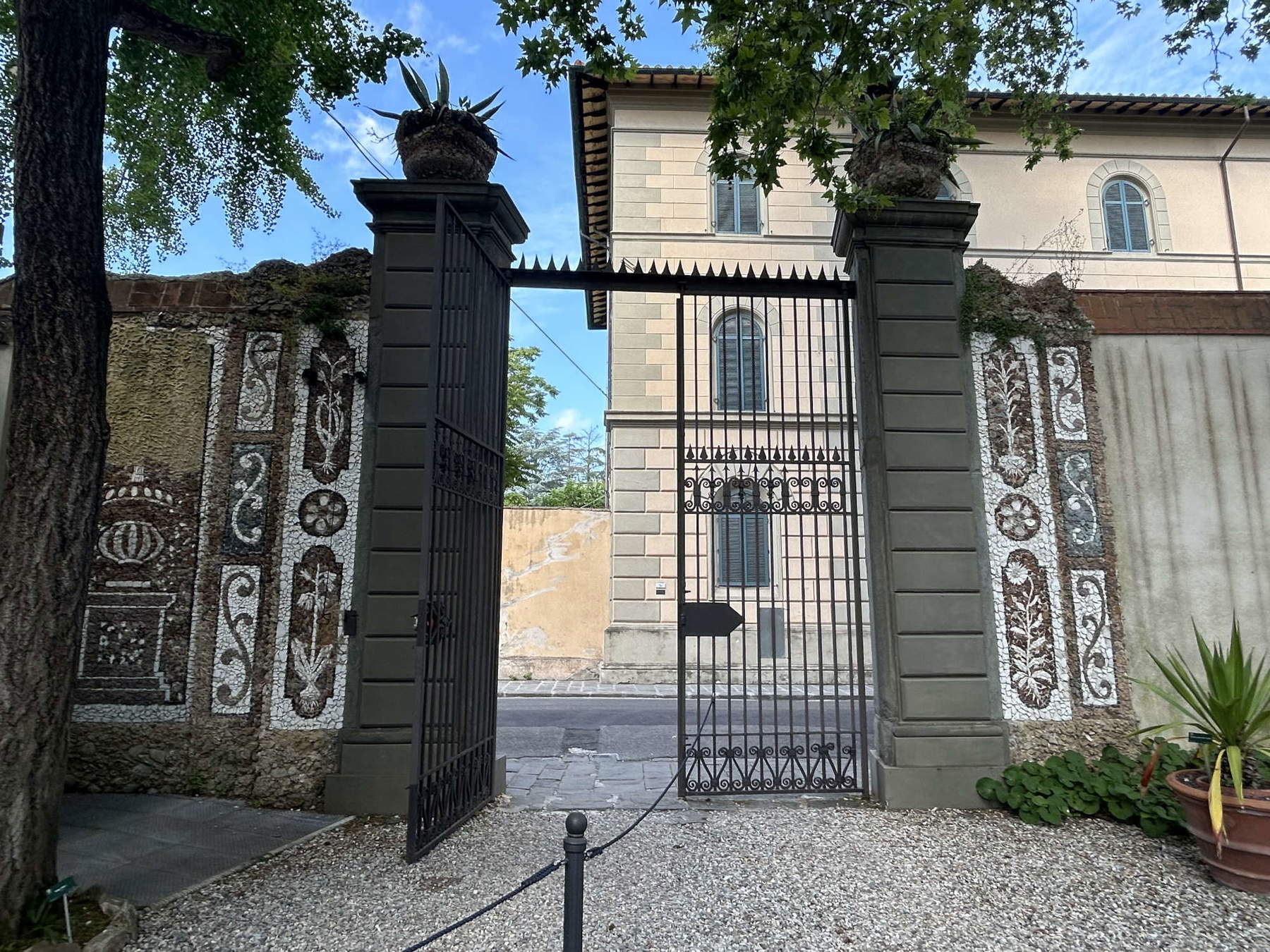
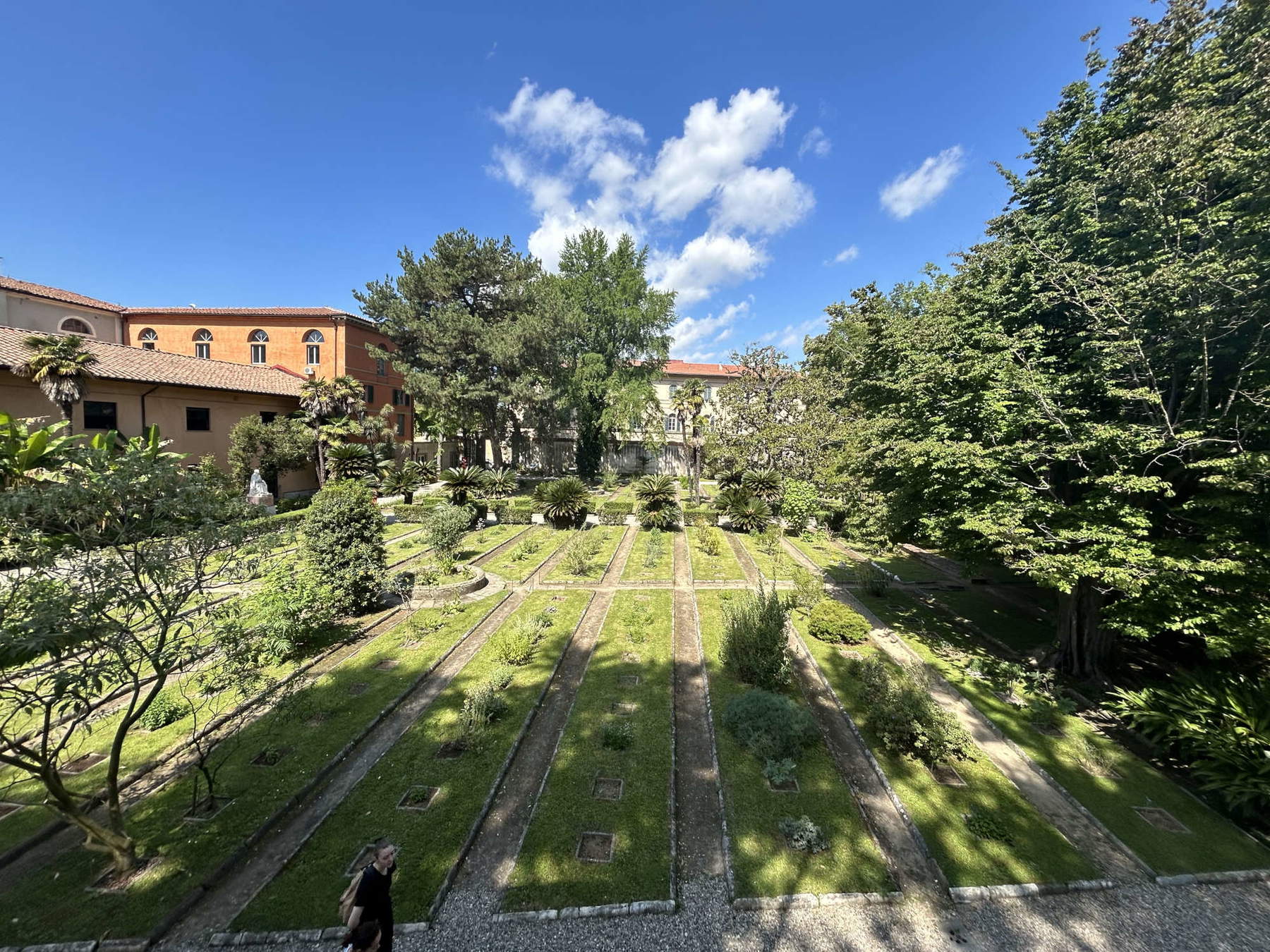
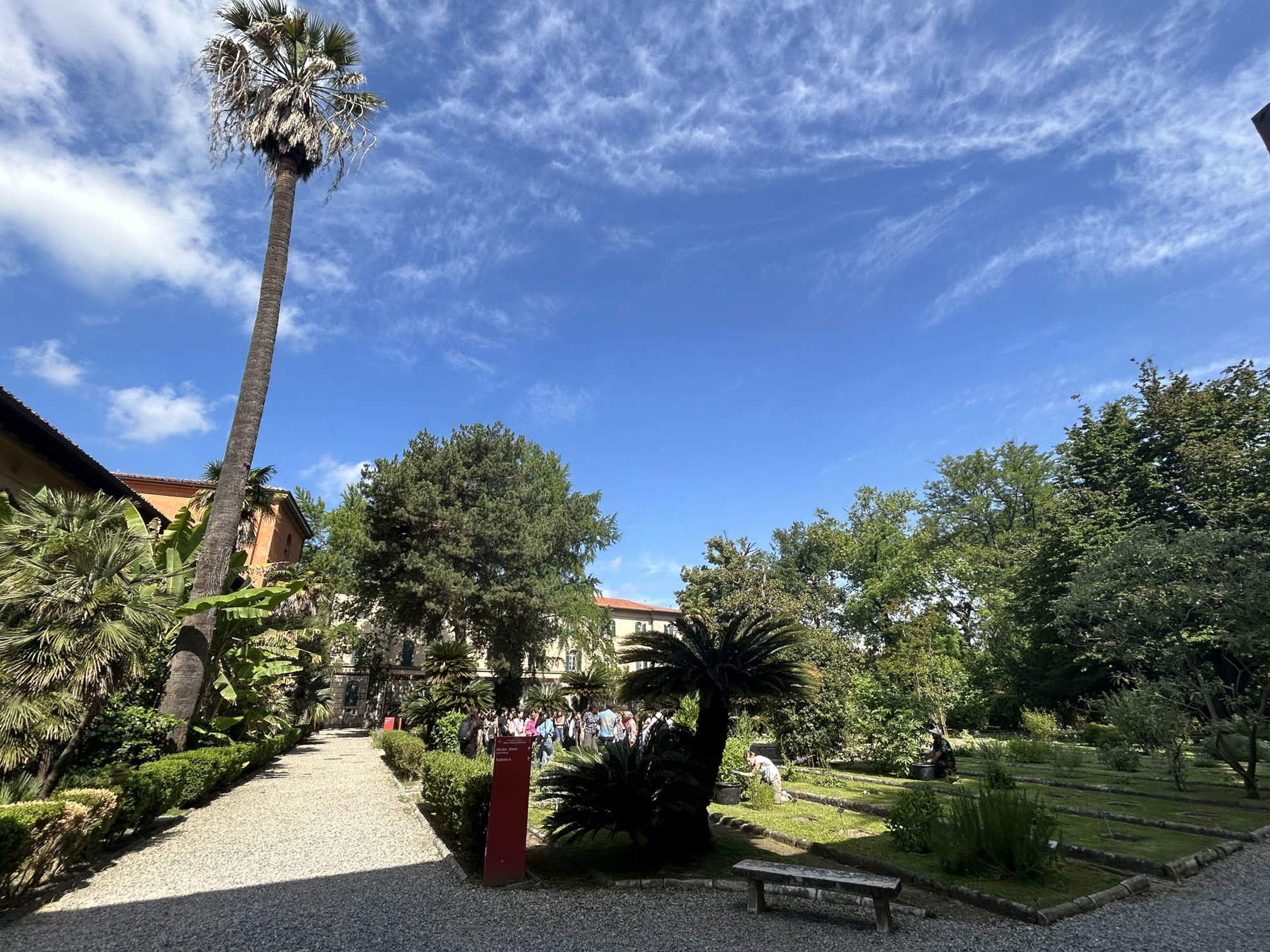
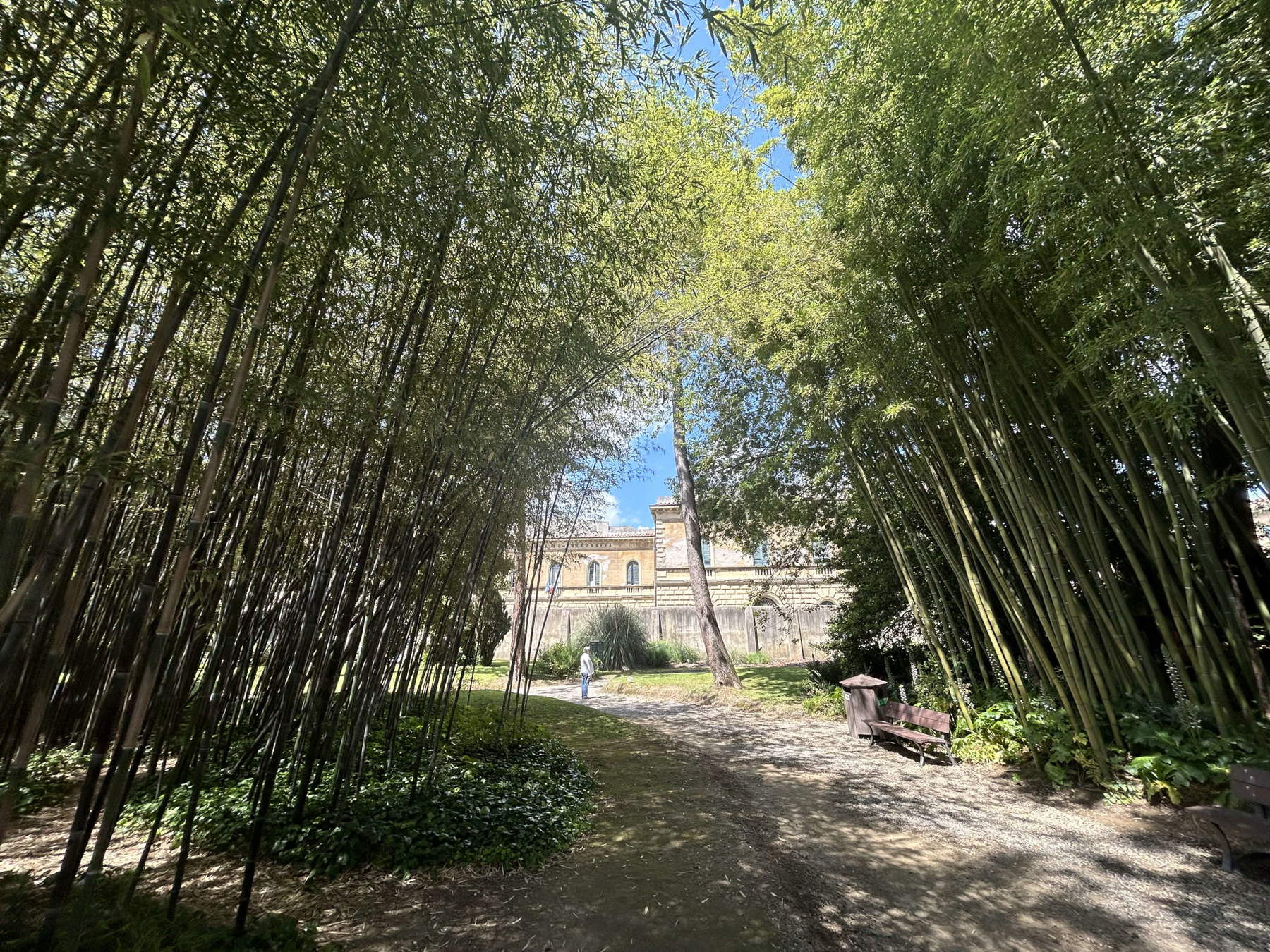
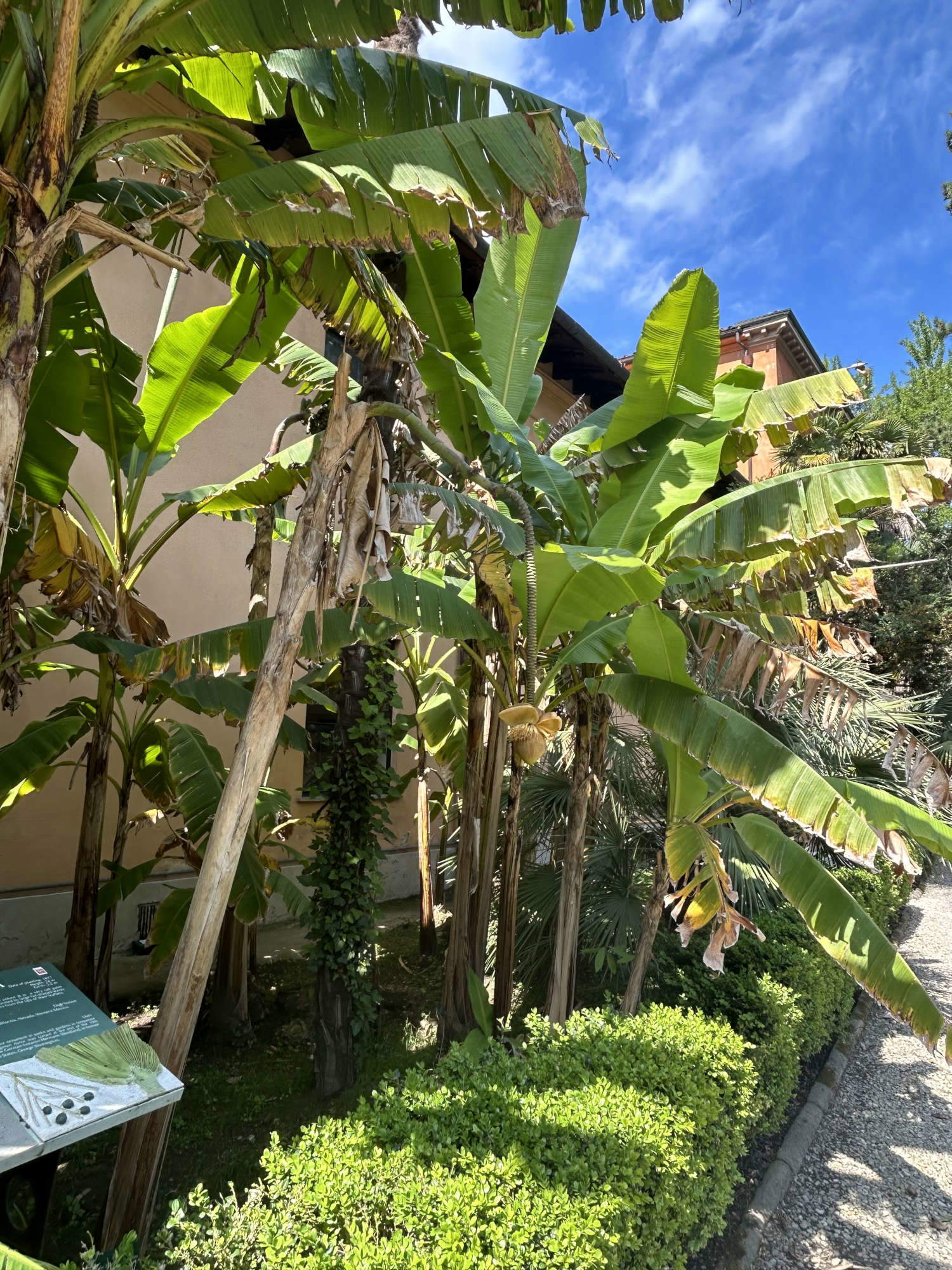
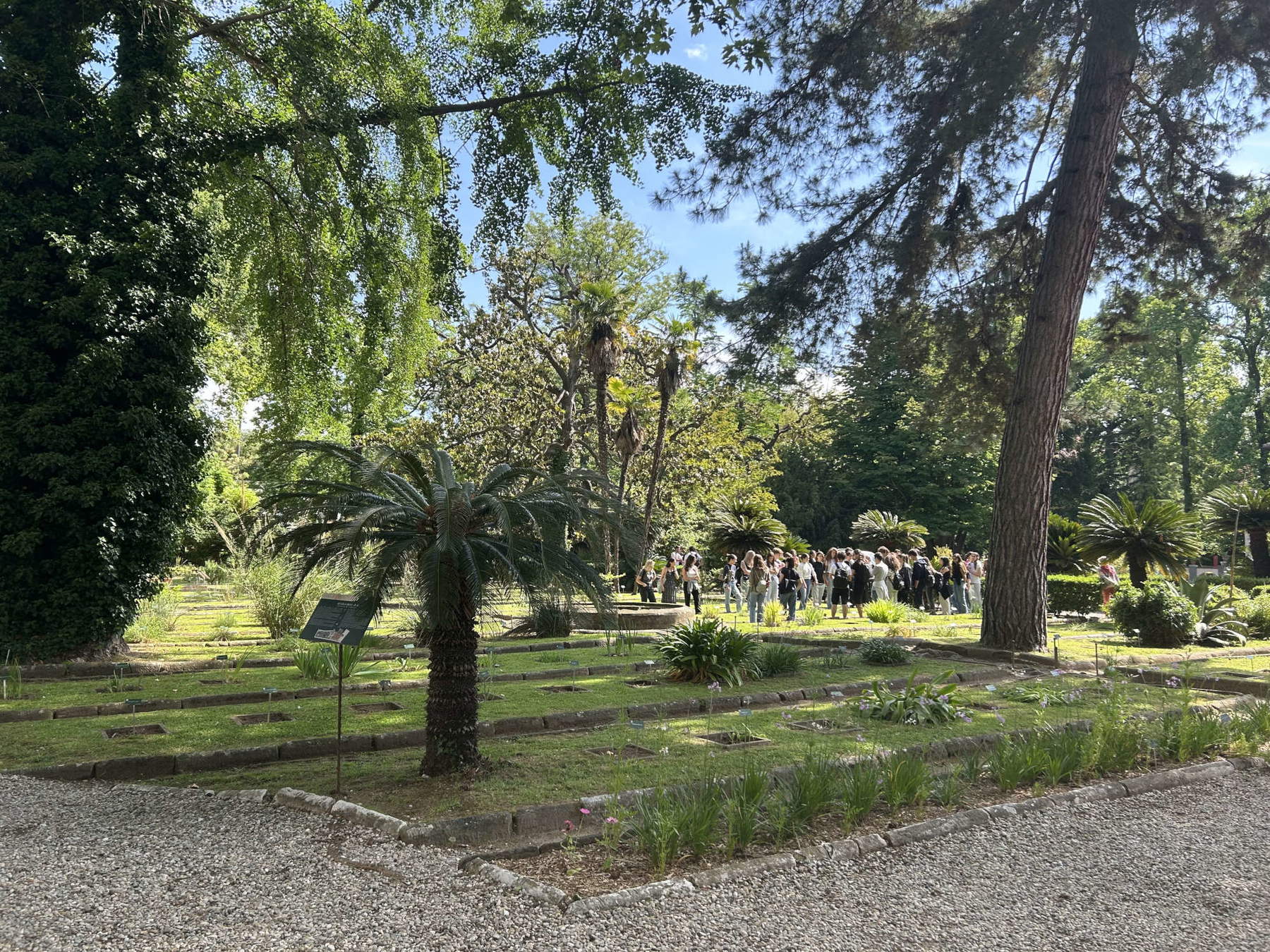
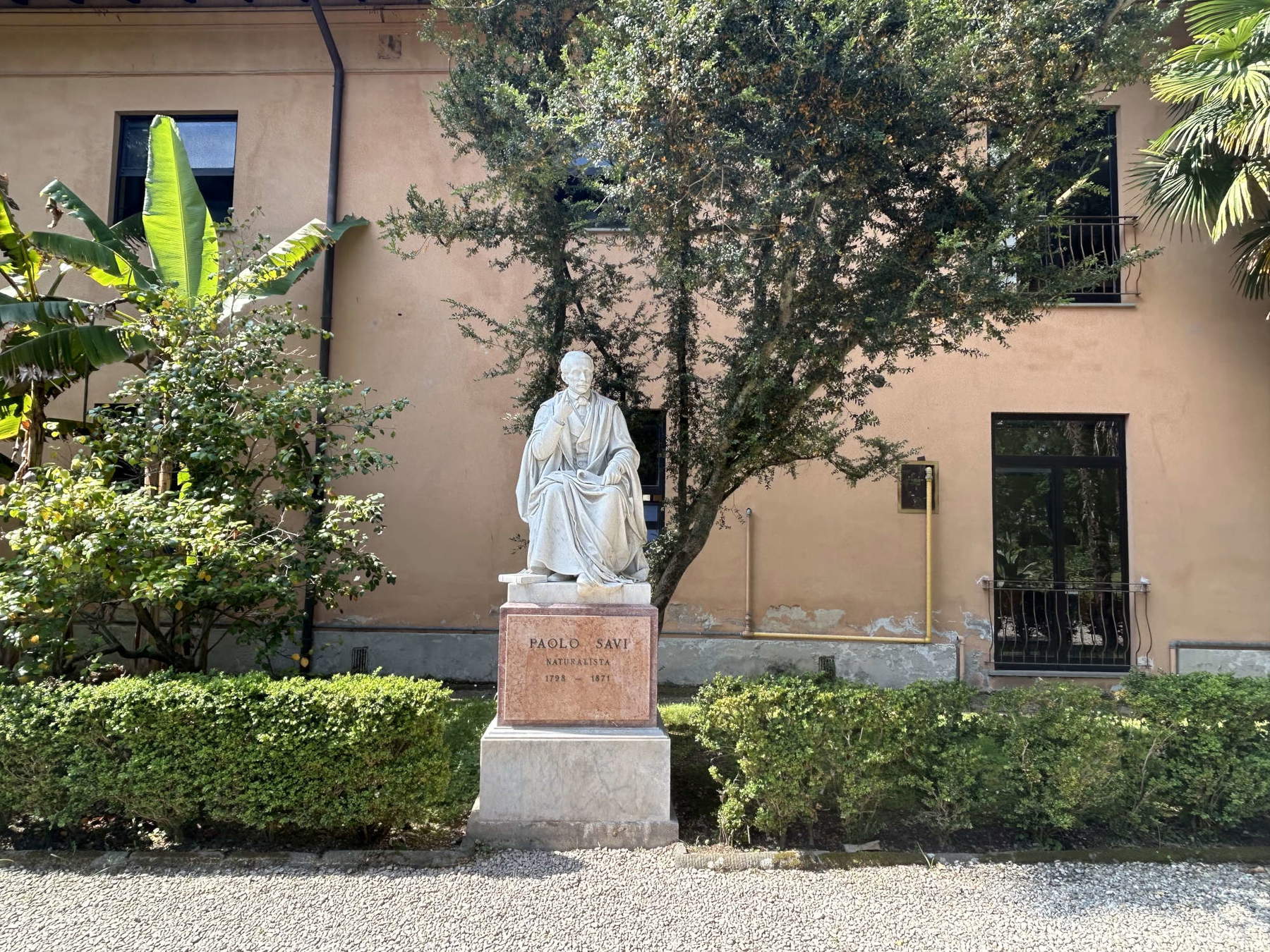
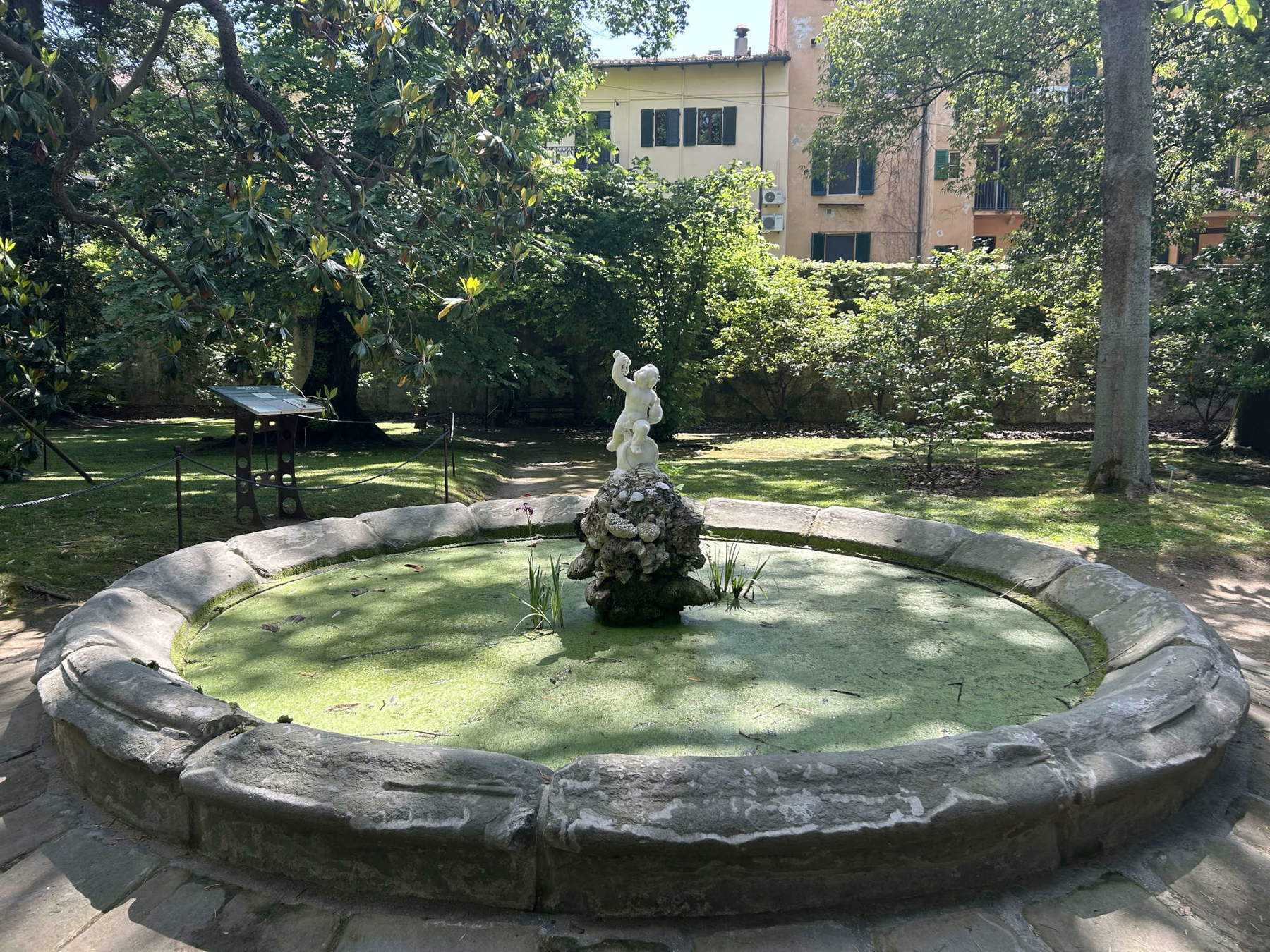
The Garden was relocated in the last decade of the 16th century to Via Santa Maria, and the original dimensions were much more limited than they are today. The arrangement of the rooms and plants also responded to late Mannerist instances, with heterogeneous flowerbeds organized according to geometric shapes and designs, with cosmological symbols. Over time it was remodeled several times, but a radical rethinking of its arrangement dates back to 1783, in which the flowerbeds were regularized, all in rectangular shapes of the same size and arranged in rows, according to a didactic conception. In addition, the area was expanded with a plot known today as the Cedar Garden, formerly a convent garden. In the 19th century it expanded again with the area of the Orto Nuovo and then the Orto Del Gratta, and a Museum of Natural Sciences was built within it, heir to the gallery of naturalia and mirabilia desired by Ferdinand I.
Thanks to extraordinary scholarly figures, the Garden has thus thrived for centuries, and is today a true oasis of peace and beauty in the heart of Pisa. An interesting and well-kept botanical museum, though not vast in size, finds space in the former premises of the foundry, a place where medicinal compounds were prepared. The building is also known as the Palazzo delle Conchiglie, because it features an unusual 18th-century façade with whimsy: it is an encrustation of heterogeneous materials, including pink granite, casts of shells, skeletons of madrepores, and other rocks that also shape the coat of arms of the grand ducal family of Habsburg-Lorraine. Inside the museum are various historical artifacts, including the monumental door carved in walnut wood with floral patterns, a collection of portraits of the garden’s directors and other scholars, as well as a reconstruction of a Wunderkammer, a small studiolo of wonders in Renaissance taste that displayed naturalia, such as skeletons and animal skins, artificialia, and curios, unusual finds, such as the skull from which a coral sprouts, mystification purchased on behalf of the Grand Duke, now reproduced here, while the original is preserved at the Museum of Natural History in Calci, along with other historical artifacts. Authentic, on the other hand, is the stipo, a small cabinet with drawers commissioned by Ferdinand I to store seeds and other rarities. Also displayed there is a rich selection of ceroplastic artifacts, produced by the excellent Tuscan school between the 17th and 19th centuries. These are reproductions of fungi and didactic models of plants, of which enlargements of exquisite quality and vividness are also presented, which served as a useful tool for teaching and study, as did the large botanical plates and herbaria, which are always on display here.
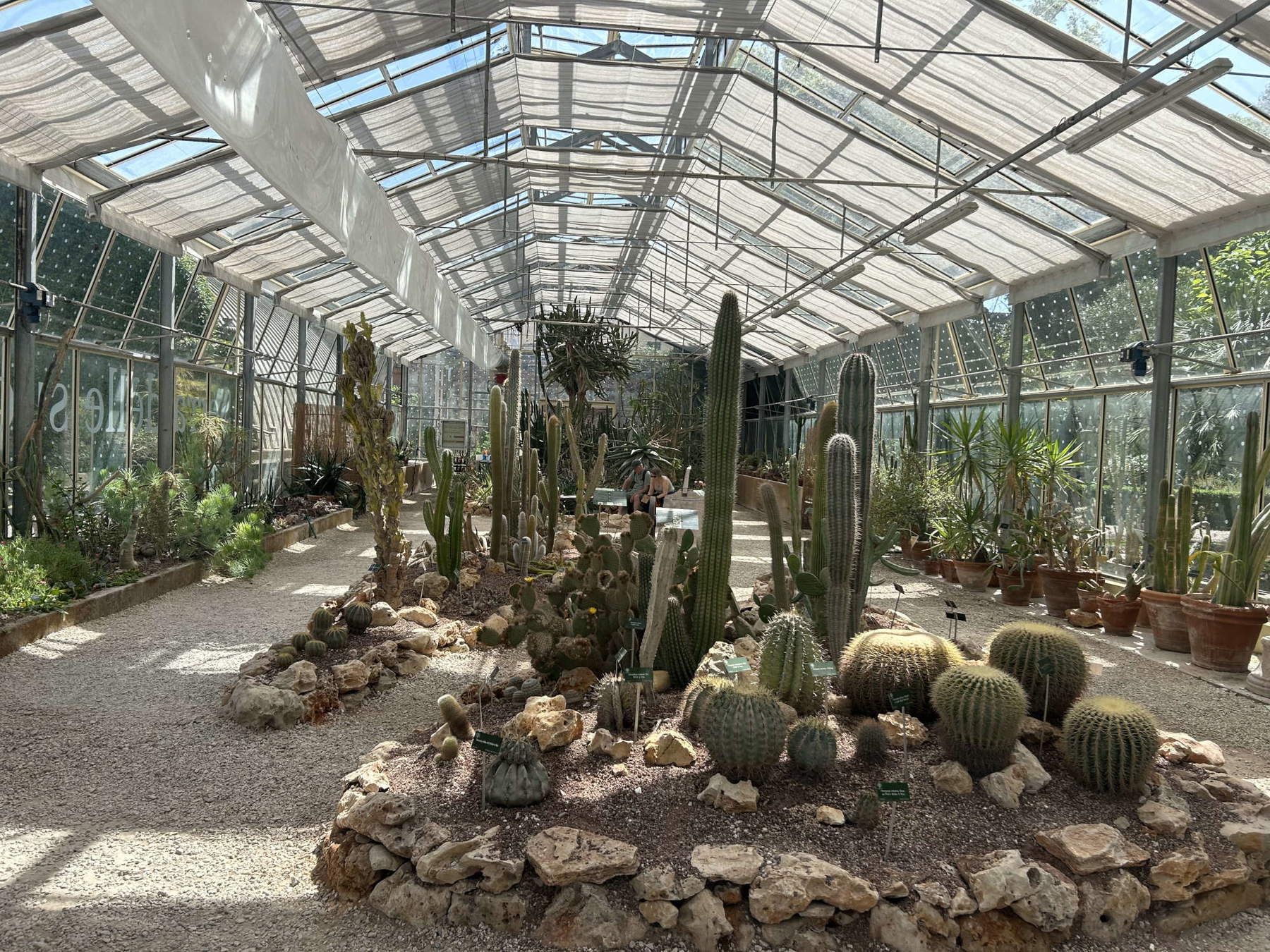
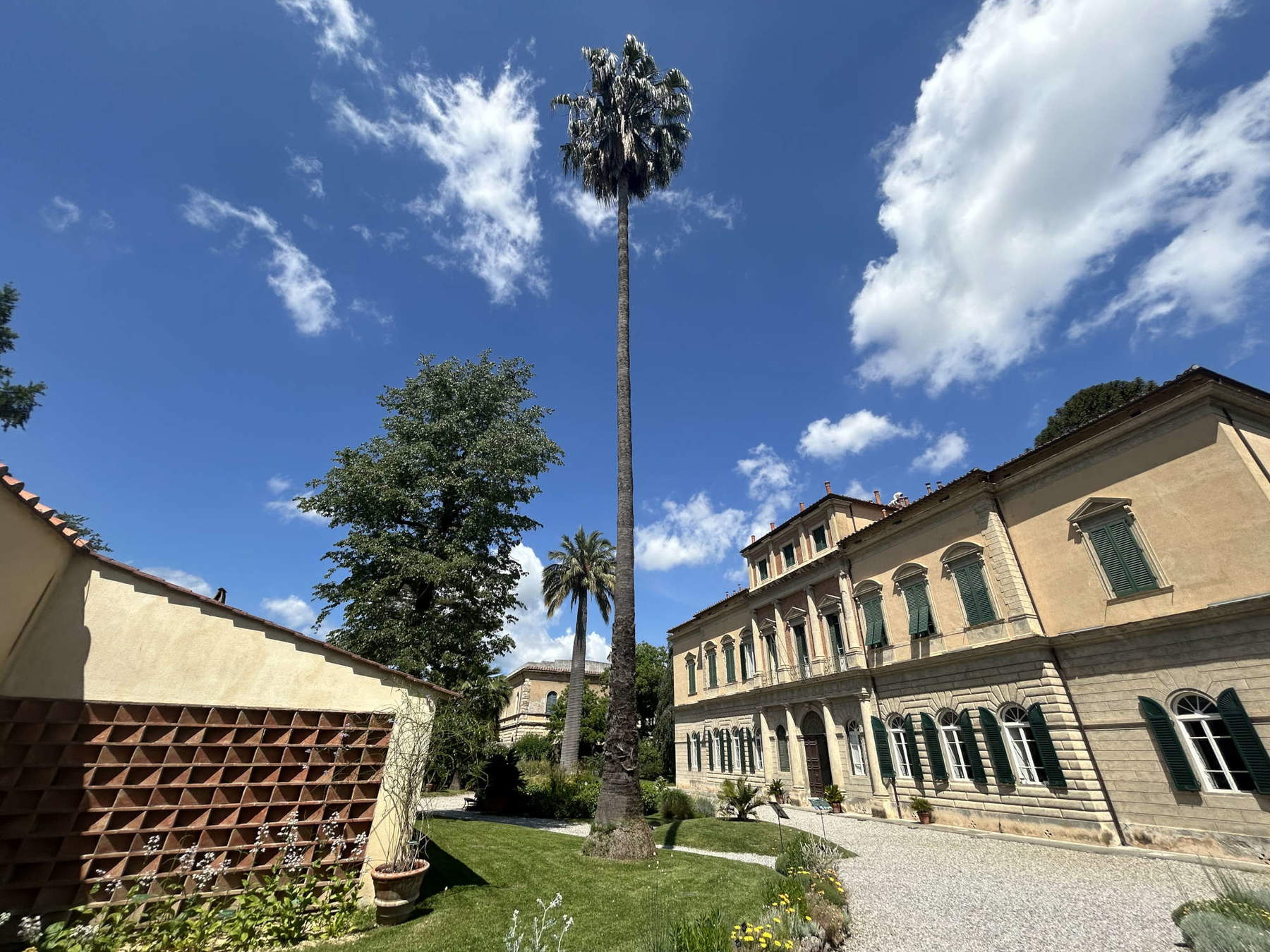
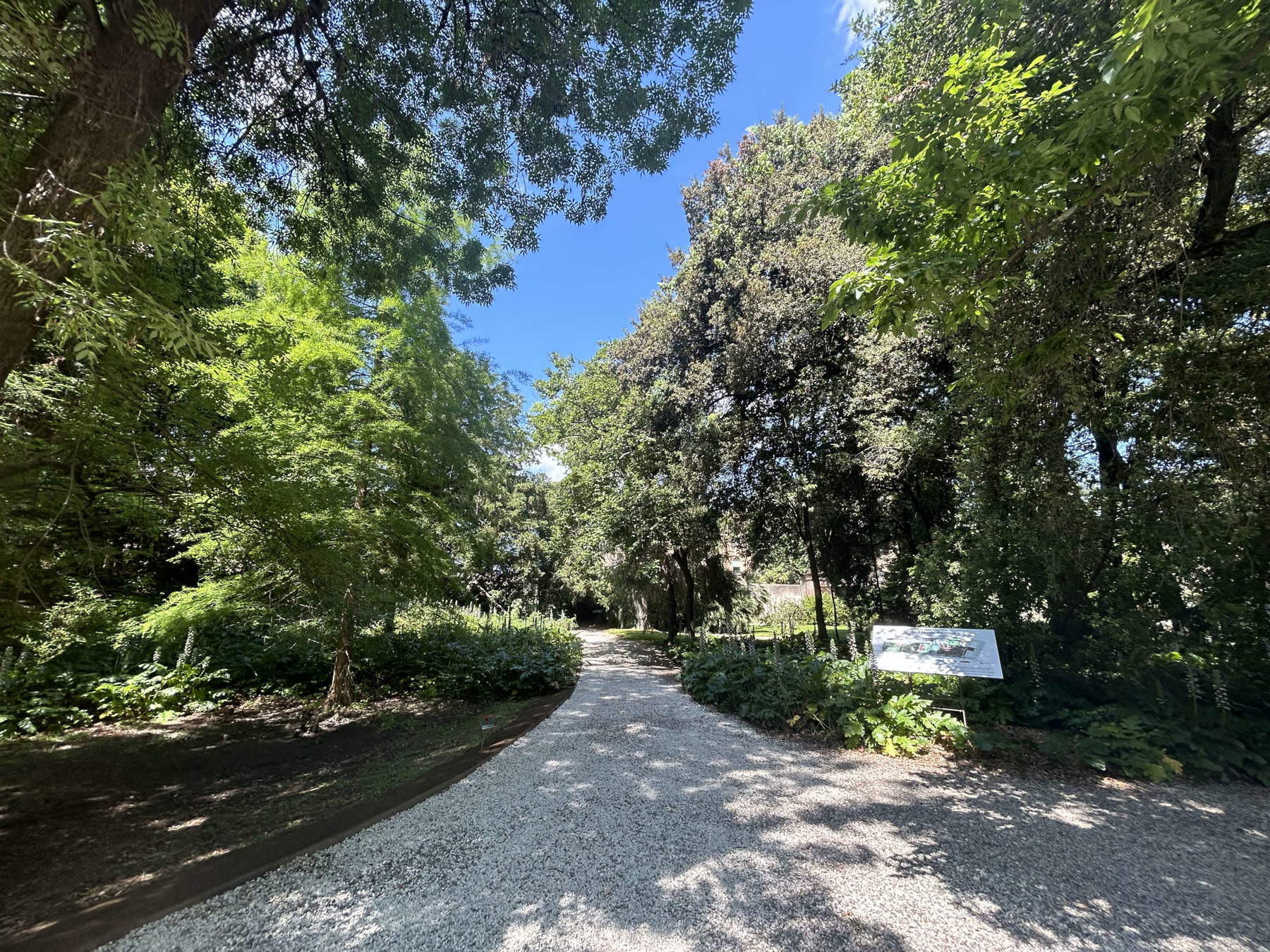
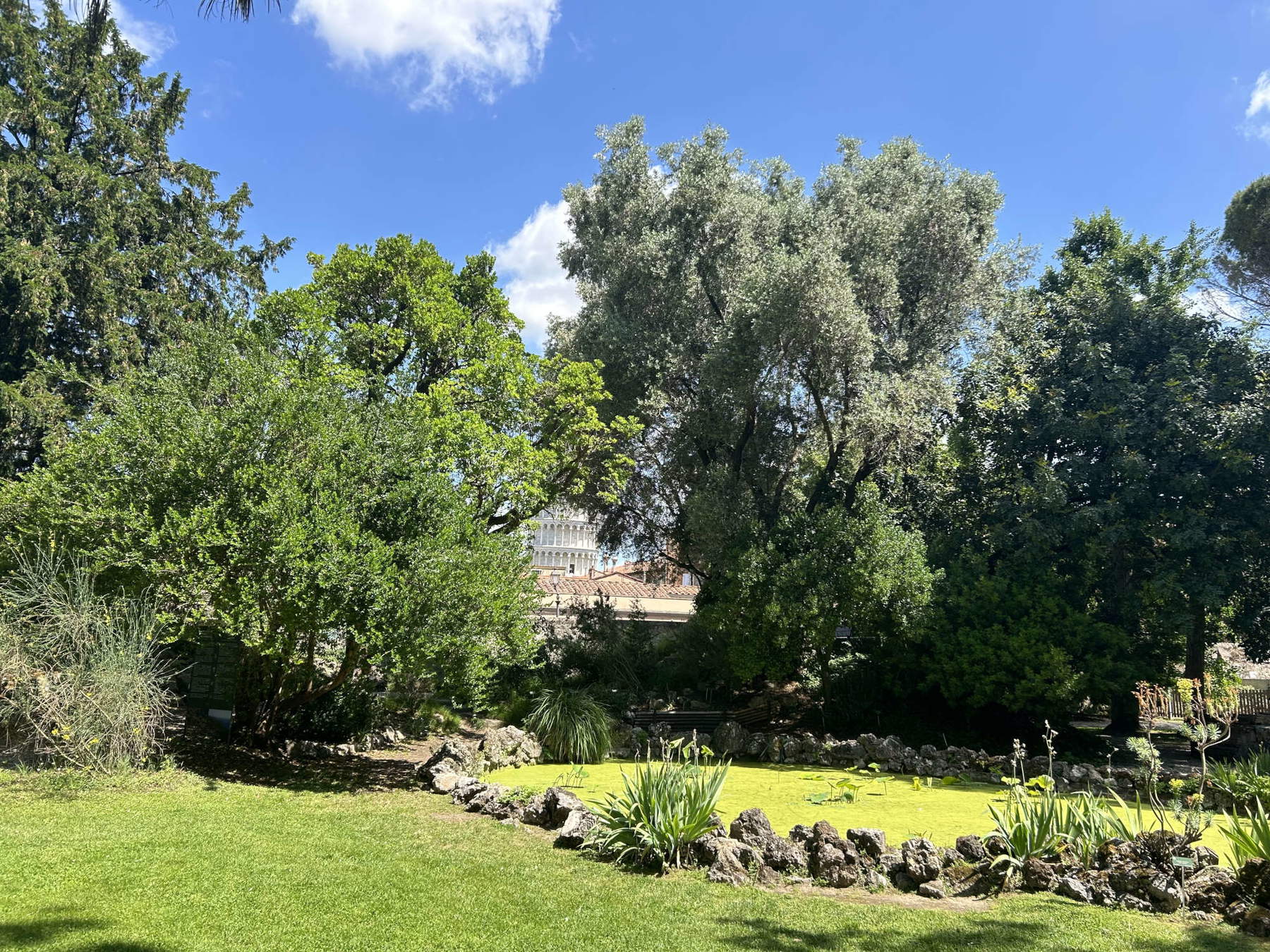
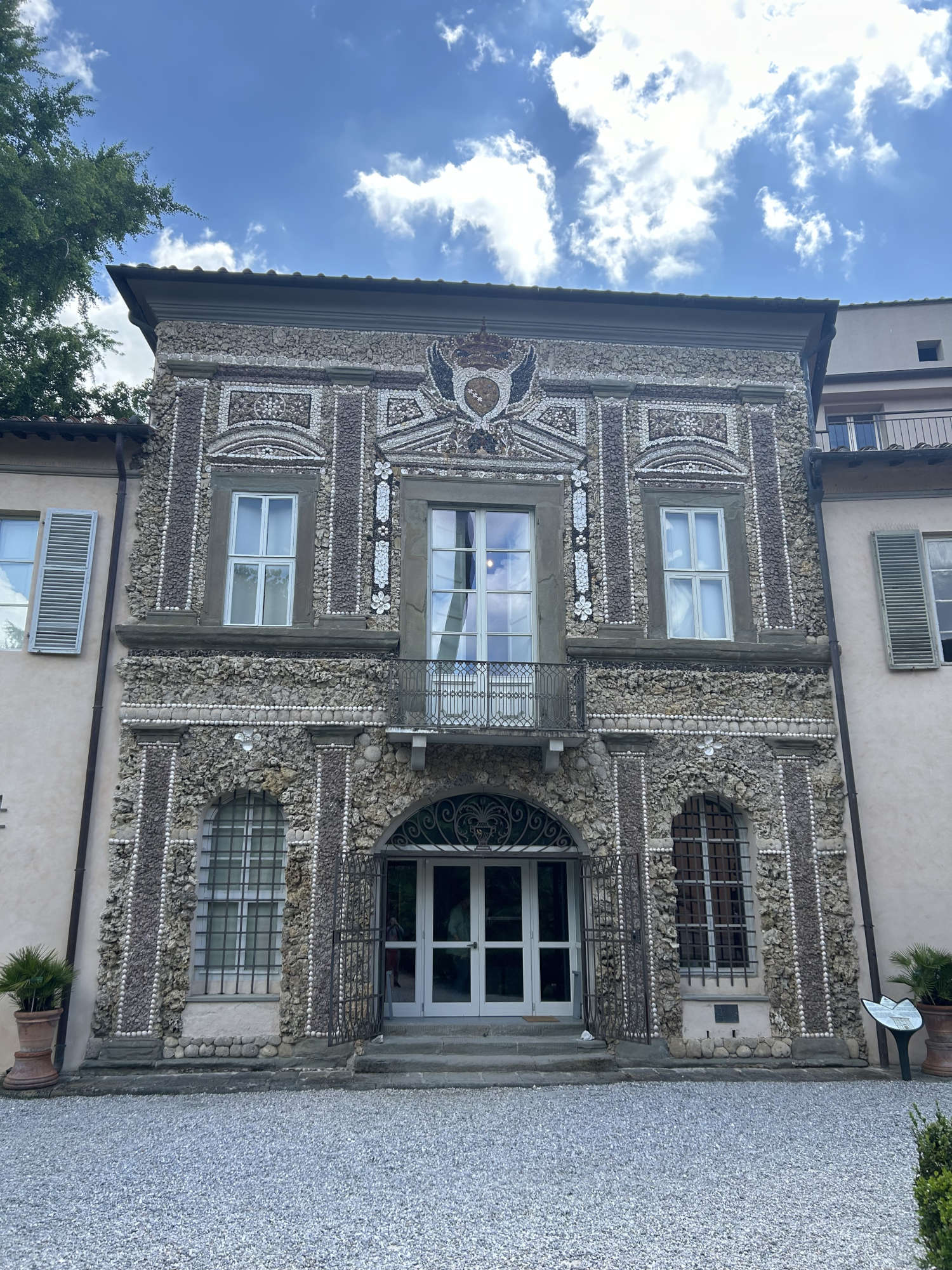
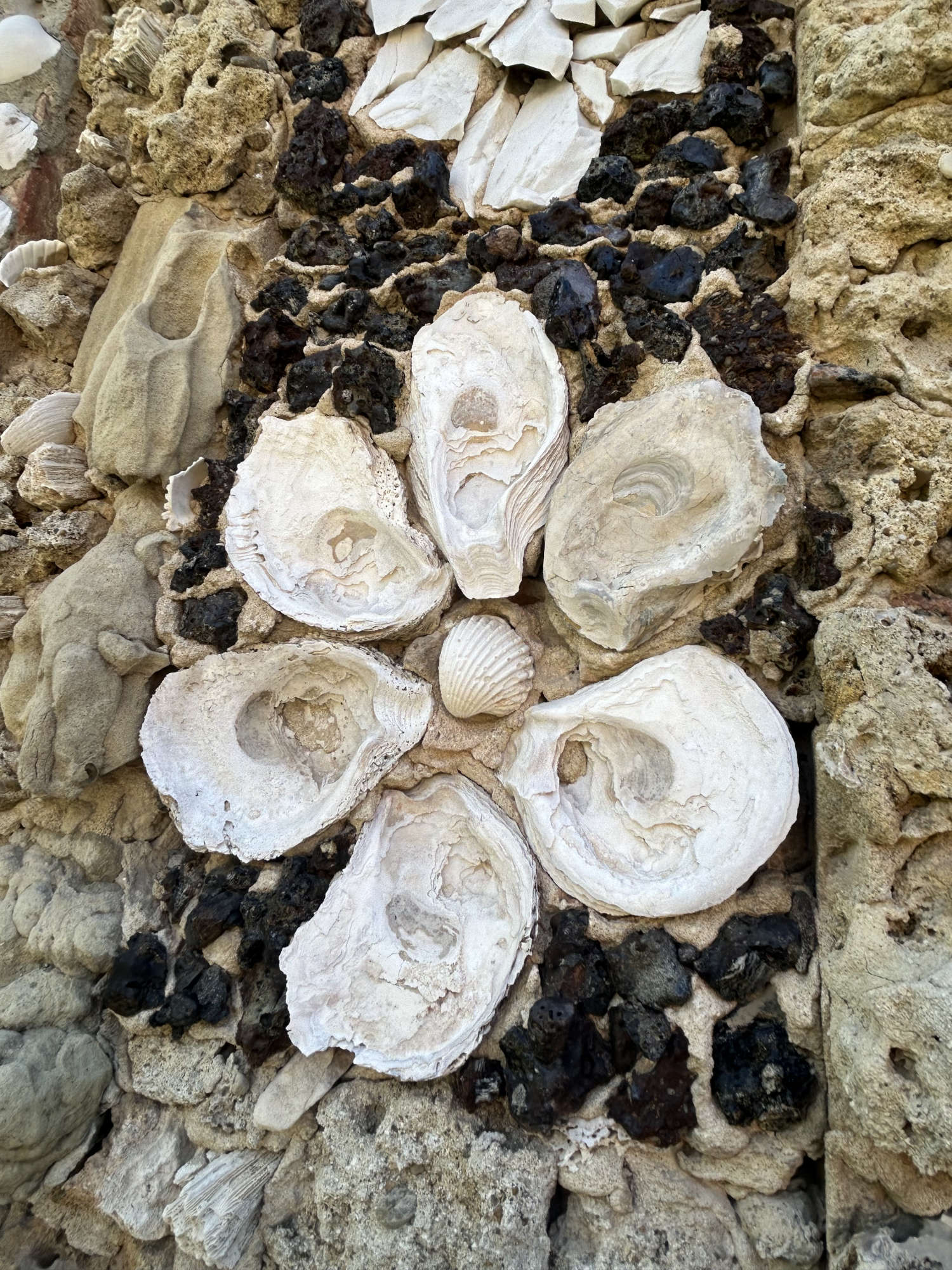

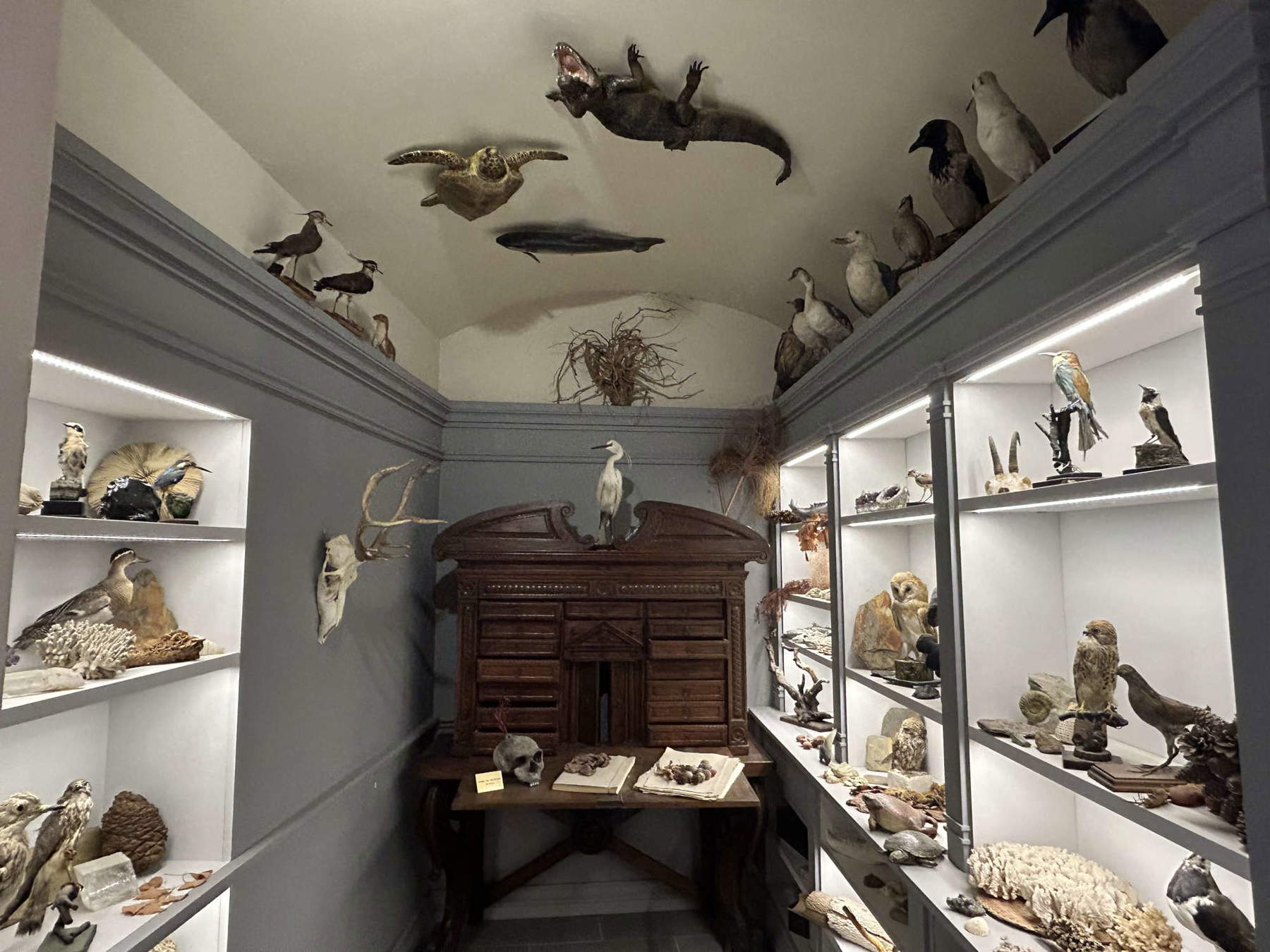
The garden, on the other hand, is organized into several sections and even houses centuries-old plants, such as the Washington palm tree that one encounters as soon as one enters, relocated in the late 19th century in a highly complex manual operation. The area known as the botanical school is a vast rectangular plot, which corresponds to the area of the primitive kitchen garden, divided into a geometric grid of paths and flowerbeds, around the sixteenth-century tanks, and houses the systematic collection consisting of five hundred herbaceous or shrubby plants grouped by botanical families and arranged according to classification criteria. It is also home to large trees, including a monumental Ginkgo biloba and Cicas, both of which are known as living fossils because they exhibit primitive characteristics and do not appear to have changed over millions of years. Another monumental Ginkgo biloba, whose circumference exceeds 4.5 meters, is among the oldest trees and is found in theCedar Garden, along with a giant camphor tree and a grove of bamboo. The area owes its name to Cedrus libani, which was uprooted by a storm in 1935. Next comes a small garden known as the Myrtle Garden, because of a specimen of Myrtus communis planted in 1815. In this space are cultivated plants for medicinal use, such as rosemary, thyme, oregano, and lemon balm, which besides being aromatic have various active ingredients, and therefore from ancient folk traditions to the present have been used for medicinal purposes. Plus marigold, dandelion, St. John’s wort and many more.
Five large greenhouses provide habitat for succulent, tropical and aquatic plants, and seem to be gateways to exotic worlds from Africa to the Amazon.
The garden spreads further for many, many meters, with theNew Garden and theDel Gratta Garden. The former is used mainly for arboretums, while the latter is perhaps the most scenic part, not only because it is shaped with small hills that house Mediterranean and mountain flora, and a picturesque pond, but because behind the greenery can be glimpsed soaring into the blue sky, the terminal part of the Tower of Pisa.
Even today, the Botanical Garden of Pisa is still a living and effective teaching tool for university and compulsory school students for whom it serves as a training ground for the citizen of tomorrow capable of building a sustainable and ecological relationship with nature, but no less, it also remains a fascinating and persuasive space for the tourist and patron, who seeks an experience different from what other Pisan monuments can offer.
Warning: the translation into English of the original Italian article was created using automatic tools. We undertake to review all articles, but we do not guarantee the total absence of inaccuracies in the translation due to the program. You can find the original by clicking on the ITA button. If you find any mistake,please contact us.